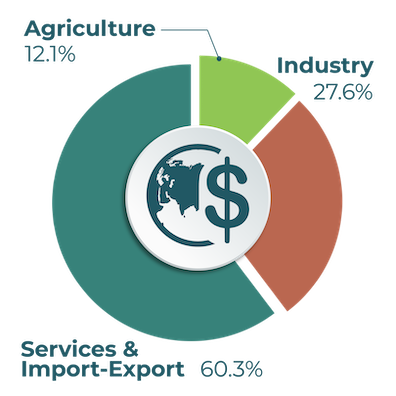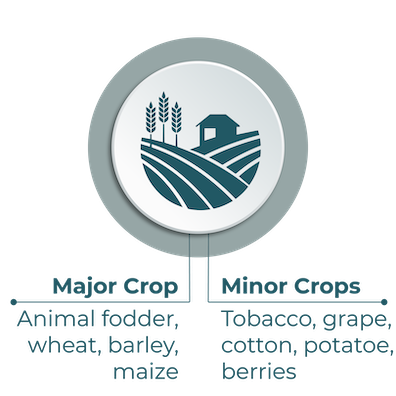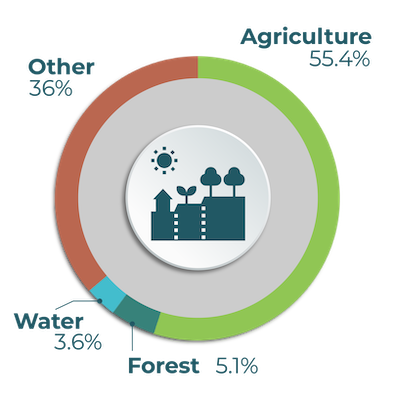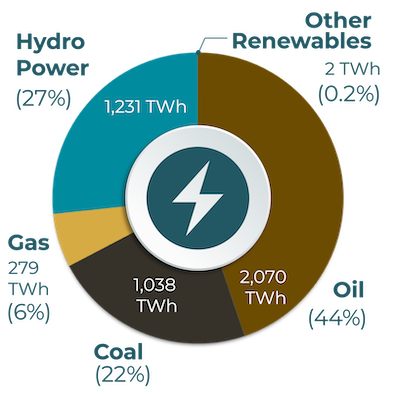OVERVIEW KYRGYZSTAN
COUNTRY PROFILE
Kyrgyzstan
Explore the overview for a general context of how vulnerable and resilient Kyrgyzstan is to climate change. Explore climate impact and vulnerability by sector. View the results of the Climate Risk and Vulnerability Assessment for Kyrgyzstan. Explore the various options for climate adaptation in key sectors.
Country Context
The Kyrgyz Republic is a landlocked country located in north-eastern Central Asia between two major mountain systems, the Tien Shan and the Pamirs. Over 80% of the country is within the Tian Shan mountain chain and 4% is permanently under ice and snow. The majority of the population lives in the foothills of the mountains, where they are most vulnerable to climate hazards. Forty-three percent of the population lives below the poverty line and 50% are rural dwellers. Agriculture is by far the most important livelihood activity, contributing to one-third of gross domestic product (GDP) and employing 65% of the population. In fact, over half of Kyrgyz Republic’s GDP is derived from climate and weather-sensitive activities. Notably, Kyrgyz Republic experiences between 3,000 and 5,000 earthquakes every year, with large-scale catastrophes taking place every 5-10 years. On average, destruction and loss from natural disasters totals up to US $30-35 million per year.
Key Facts & Figures
Geography and population
With a territory of 199,950 km2, Kyrgyzstan is the largest country in the sub-region. Kyrgyzstan’s population of 6.5 million has a density of 32.3/km2, with 2.3 million (36%) living in rural areas and an urban population of 4.2 million (65%).
Economy
Kyrgyzstan’s economy is dominated by agriculture (12-14%) and mineral extraction industries. Most of the labor force is employed in agriculture (48%).
Agriculture
The agriculture sector produces mainly animal fodder, wheat, barley and maize. Other minor crops include tobacco, cotton and potatoes.
Land Use
The mountainous nation has a small amount of arable land (6.7%), of which it devotes over 55% to agricultural activities.
Energy Supply
The Kyrgyz Republic derives most of its energy supply from fossil fuels (oil, coal, gas). Renewable energy production is mainly hydro power.






